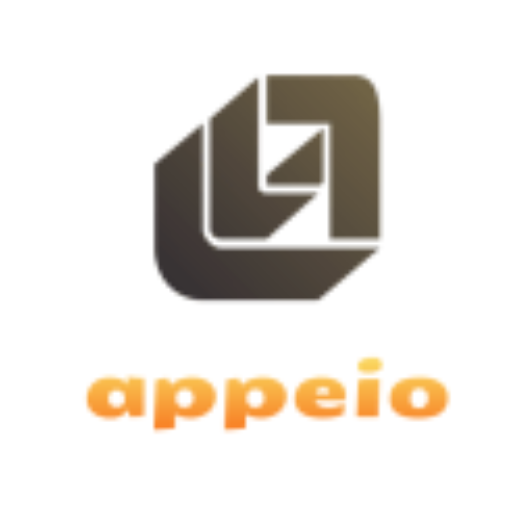Do you have any doubt about six sigma green belt certification? Want to explore in detail ITIL foundation training? Then this article is the perfect choice for you to explore the primary uses of six sigma green belt certification and ITIL foundation training.
Nowadays, many organizations want to experience the significant benefits of the six sigma methodology to achieve their targets and stay productive. They all need to run their project in the hands of experienced professionals in the most advanced manner.
Only they can able to maintain quality. Therefore this has increased the demand for six sigma professionals since they know how to keep processes error-free.
Explore practical uses:
The business also supports the proven method to enhance the quality, economize operations, reduce cost, and increase the end product values. Therefore, the six sigma is a trusted tool for the organization over industry verticals.
Here you can find the practical uses of attending six sigma training.
Cost reduction:
The usage of ITlL foundation training Gurgaon is very much high when minimizing waste and reducing defects. Less cost of production is always needed for the manufacturers who use the tenets of six sigma, and it can also increase profits.
If a company cannot offer quality products, it can certainly reduce its profits. Therefore at that time, the six sigma training is very much useful for the professionals.
Enhanced productivity:
The six sigma methodology can be effectively valuable to enhance productivity, and more manufacturers have come across its importance. Mainly a manufacturer can use ITIL foundation tools to bring an extraordinary improvement to the production rate.
On the same basis, professionals who have completed six sigma training will support the business to improve its productivity level. Apart from that, they can gain various operations without investing more money.
Therefore, the usage of six sigma techniques, principles, and tools can make sure a positive change to the production line, and also it can push the organization to experience success.
Trustworthiness in the market:
In a market, trust is everything. If both stakeholders and customers have faith in their organization, they can achieve tremendous success, and the targets can become very easy. But, the customer will always expect the quality of their output. To fulfill the client’s needs, you have to hire a professional who has completed six sigma training.
Streamline processes:
The process of ITIL foundation training has become very much famous for gaining improvement in production and managing waste.
However, if the waste belongs to the part of the production, then sure, it could never value either processes or products. Therefore, organizations must hire ITIL foundation experts to gain their full potential and be waste-free.
When the six sigma method is implemented, it will lead to a streamlined process that can form the basis of enhanced customer satisfaction. In addition, any manufacturer can control the methodology and recognize various steps in their approach to fixing it.
Having a professional who completed the six sigma green belt and ITIL foundation training can increase customer confidence and trust in their business.














